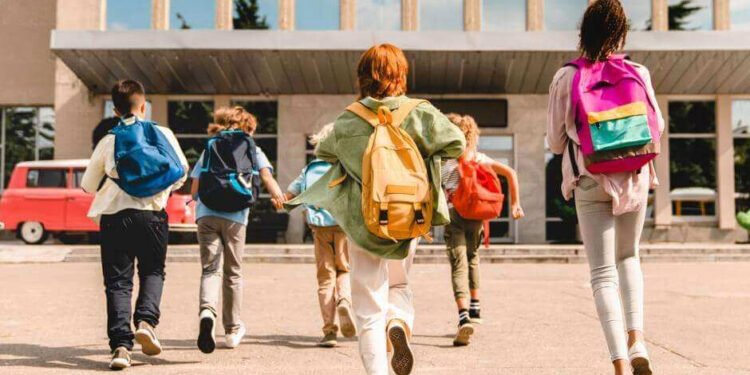Schools must be safe places for students and teachers to focus on learning. As parents, teachers, and school leaders, we all want to know that our kids and colleagues are in a safe space when they enter a school.
School safety comes from planning, training, and support systems that build security and awareness. Here are some tips to keep students and teachers safe:
Access Control Systems
One of the best ways to keep everyone safe is to manage who comes in and out of the school. It can be as simple as a single, well-watched entryway for guests or as advanced as using key cards for staff.
Visitors can check in with a system that tracks who enters, giving them a temporary tag. This makes it easy for school employees to spot and approach anyone unfamiliar.
Some schools also have buzz-in systems where visitors are screened before they enter. This adds security without disrupting daily activities. Access control is a starting point in creating a safer and more organized space for everyone.
Safety Drills
Schools should regularly practice lockdowns, evacuations, and severe weather drills to ensure everyone knows what to do if something unexpected happens. Just like practicing a sport, the more familiar students and staff become with these steps, the more confident they’ll be if something real occurs.
Teachers can use these drills to comfort students by explaining that practising is a way to ensure everyone’s safety. With routine practice, students and teachers learn to stay calm and follow steps, which can be essential during an emergency.
AI Threat Detection Systems
AI can be used for gun detection. These systems gather data from cameras and other sensors to monitor the school grounds, detecting odd behaviours or items and sending quick alerts to administrators. These systems can spot patterns, like identifying objects that shouldn’t be there or noticing erratic movements.
AI operates around the clock, swiftly processing large amounts of information. When a potential issue arises, the AI system immediately notifies school staff so they can respond quickly and appropriately. With AI threat detection, schools gain an extra layer of security.
Develop a Supportive School Culture
Students should feel comfortable turning to teachers or staff if they feel unsafe or see something unusual. This benefits the whole school. Building trust among students, teachers, and staff can be as impactful as any technology.
Schools can create a supportive environment by starting programs that promote kindness, respect, and cooperation. Peer support initiatives, mental health resources, and anti-bullying efforts all help build a positive school culture. This open atmosphere encourages a proactive approach to safety, with everyone sharing the responsibility to keep the school secure.
Regular Training
Providing regular safety training to staff helps ensure they’re prepared to respond quickly and effectively in emergencies. Training sessions can include recognizing suspicious behaviour and managing lockdowns. It’s like giving teachers and staff a “safety toolkit” with skills they can use when needed.
Students can also learn with age-appropriate training, understanding how to remain calm and obey instructions during emergency drills. Training will help them identify the warning signs of school violence.
Communication Technology
Effective communication is crucial for keeping everyone safe in any emergency. Many schools use intercoms, apps, and digital platforms to share information quickly across the campus. Some setups even allow administrators to send messages instantly to all staff and parents when needed.
Use communication drills to help everyone familiarize themselves with the systems in place. During an emergency, clear and quick information can make a big difference, guiding students and staff to safety. By combining technology with a set communication plan, you can secure a school properly.
Secure Cyber Environments
As schools adopt digital tools, keeping cyberspace secure has become essential to ensuring safety. Schools must look after their physical and digital surroundings. Using strong passwords, having secure internet connections, and regularly training everyone in cybersecurity can help prevent data leaks and online dangers.
Both students and teachers gain from knowing basic cybersecurity tips, like steering clear of suspicious links and protecting personal details. A safe online world means that student records, lesson plans, and emergency strategies stay secure.












